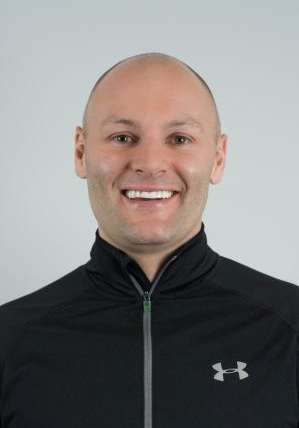Chiropractor vs Physiotherapy
Chiropractors and physiotherapists are professionals who help treat various injuries or bodily harm. Chiropractors are professionals who specialize in diagnosing and treating musculoskeletal system disorders, while a physiotherapist is a healthcare professional who offers treatments for injuries, illnesses, or conditions due to aging to help and restore function and mobility. In this article, we will compare a chiropractor vs physiotherapy to help you choose the best one for you.
Chiropractor vs Physiotherapy: What is the Difference?
Differences in Medical Training and Education
The college degree for chiropractors is known as Doctor of Chiropractic (DC). Also, the World Health Organization (WHO) lists other possible avenues to implement this full-time program: B.Sc (Chiro), a 5-year integrated bachelor’s program, and a 2 to 3 master’s program (M. Sc. Chiro) after a B.Sc. degree. Applicants can apply for a DC program after completing a 4-year bachelor’s degree. The DC program is a 4-year full-time program. Graduate residency is available in special areas of chiropractic, such as neurology, radiology, and orthopedics.
On the other hand, physiotherapy training leads to DPT (Doctor of Physiotherapy), which is a 4-year program. Training in physiotherapy includes clinical practice. Applicants must also pass the national physical therapy exam before they can practice. Physiotherapy has many specialties in many areas such as cardiopulmonary, integumentary, geriatric, orthopedic, pediatric, neurological, as well as clinical electrophysiology and sports physiotherapy.
Differences in Specialization and Treatment Techniques
There are up to 20 types of treatment techniques that chiropractors use. These include extremity adjusting, spinal manipulation, and activator techniques such as the Cox flexion distraction (which relieves back pain and targets the compressed spine), the Thompson technique (an adjustment method that analyzes leg length to determine the type of misalignment), Sacro-occipital (treats base dysfunction spine), Gonstead (examines spinal misalignment causing a pinched nerve), which aims to correct pelvic and vertebral misalignments. Other types of pain relief include exercise, diet, and nutrition recommendations, cryotherapy techniques (with ice packs) to relieve stress, and tips on preventing illness.
Physiotherapists help victims of accidents, patients with lower back pain, heart disease, fractures, arthritis, injuries, and people with physical disabilities. Physiotherapy is often combined with other treatment options to rehabilitate the patient and restore the patient’s mobility. Techniques include stretching and massage, aquatic therapy or hydrotherapy, joint mobilization (a passive procedure that frees restricted joints), muscle energy techniques (an active procedure that involves voluntary muscle contraction of the patient’s muscles against controlled counterforce), back strengthening exercises as well as a combination of these techniques.
Benefits of Chiropractic and Physiotherapy
Since some chiropractor vs physiotherapy treatment can overlap, let’s see how they can help the patient. Both physiotherapy and chiropractic care offer several benefits to patient looking to prevent or heal form joint pain, back pain, injury, or immobility. By looking at the unique approach of each treatment plan and the benefits each offers, patients can decided whether physiotherapy or chiropractic is the best option.
Chiropractic and physiotherapy are non-invasive therapies that can help your prevent future injuries and restore your health faster. While different, both chiropractic care and physiotherapy are great treatment plans that complement each other. Incorporating both treatment options into your health plan can be beneficial even if you’re not experiencing pain currently. At Performance Chiropractic + Physiotherapy, we offer both chiropractic care and physiotherapy. Schedule an appointment with us today for an effective and safe chiropractic care and physiotherapy.

Dr. Ashley Todd is the owner and certified chiropractor at Performance Chiropractic + Physiotherapy, with more than 15 years of professional experience. Registered with the College of Chiropractors of Alberta and the Chiropractic Association of Alberta, Dr. Todd holds a Kinesiology degree from the University of British Columbia and a Doctorate of Chiropractic. He is fully certified in Active Release Techniques (ART) and treats athletes for the Edmonton Elks and Oil Kings. Dr. Todd is dedicated to helping people move better, perform stronger, and live pain-free.



